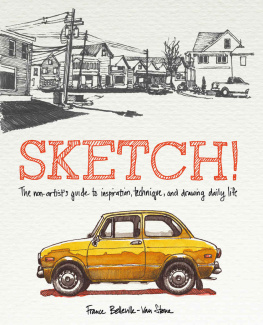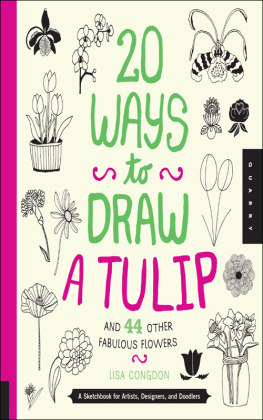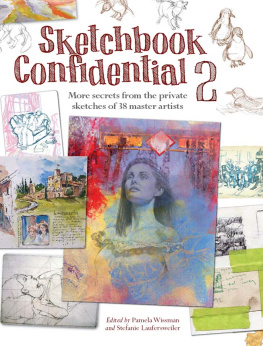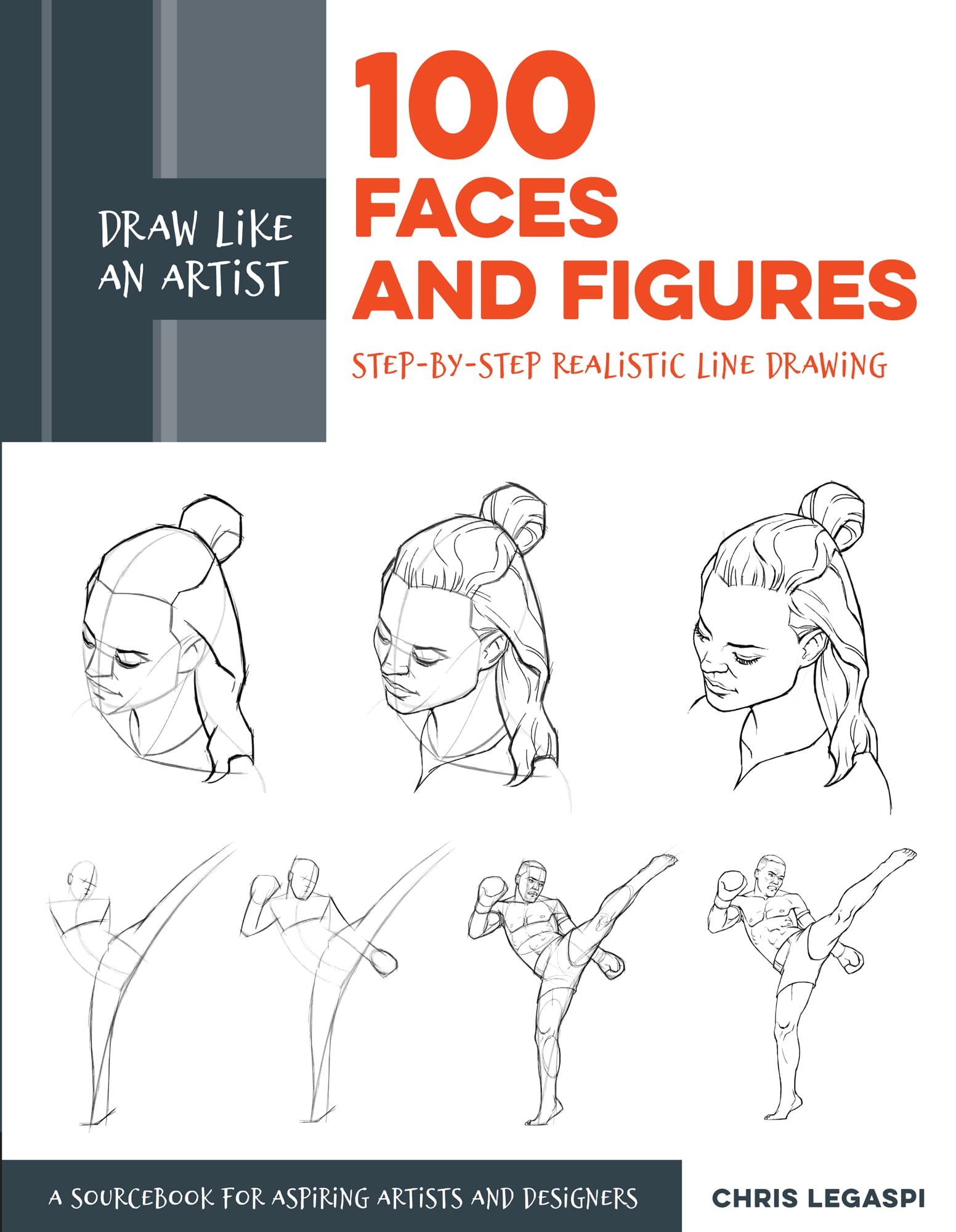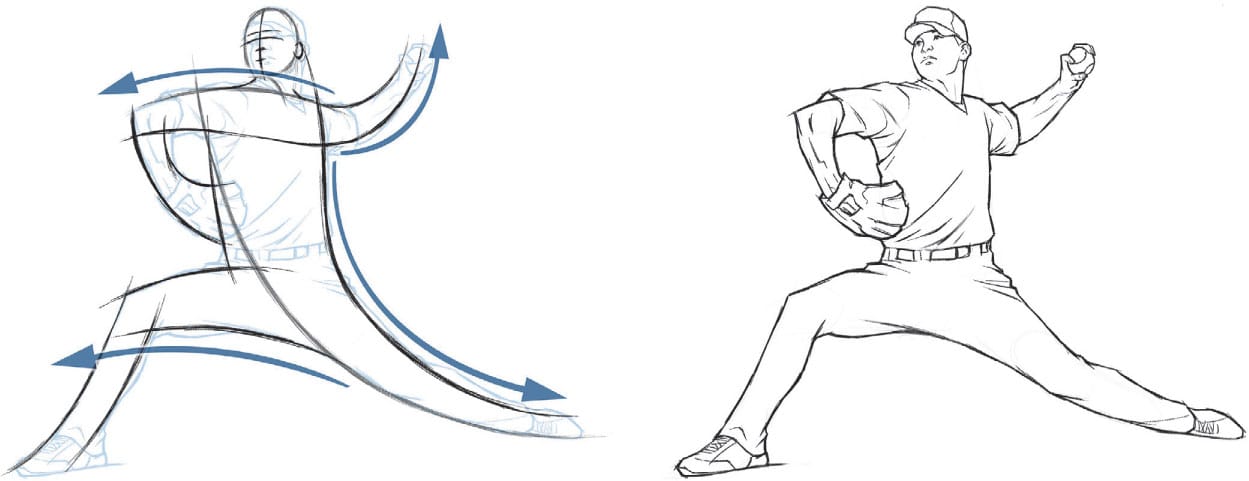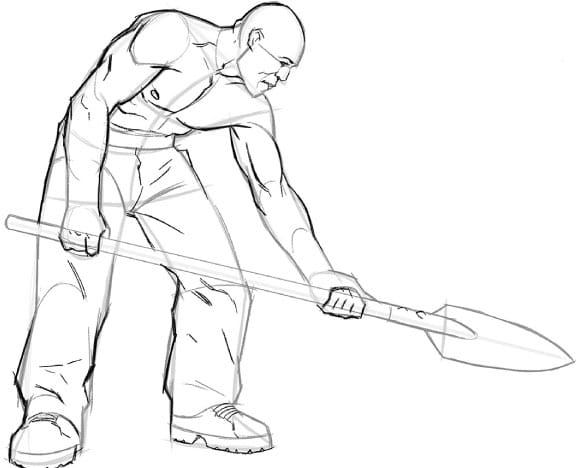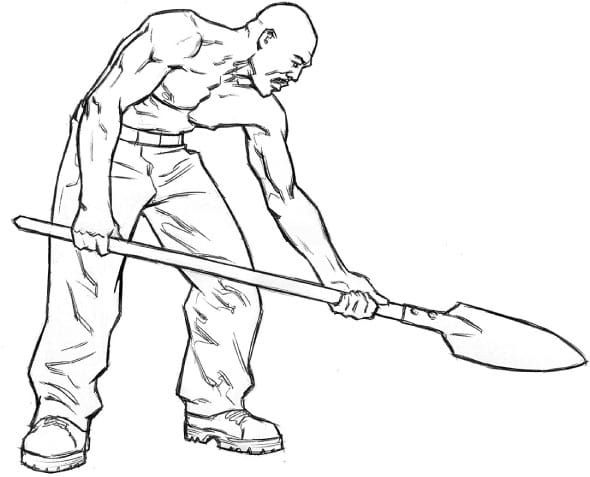Legaspi - Draw like an artist: 100 faces and figures: step-by-step realistic line drawing: a sourcebook for aspiring artists and designers
Here you can read online Legaspi - Draw like an artist: 100 faces and figures: step-by-step realistic line drawing: a sourcebook for aspiring artists and designers full text of the book (entire story) in english for free. Download pdf and epub, get meaning, cover and reviews about this ebook. City: Beverly;MA;USA, year: 2019, publisher: Quarry Books, genre: Home and family. Description of the work, (preface) as well as reviews are available. Best literature library LitArk.com created for fans of good reading and offers a wide selection of genres:
Romance novel
Science fiction
Adventure
Detective
Science
History
Home and family
Prose
Art
Politics
Computer
Non-fiction
Religion
Business
Children
Humor
Choose a favorite category and find really read worthwhile books. Enjoy immersion in the world of imagination, feel the emotions of the characters or learn something new for yourself, make an fascinating discovery.

- Book:Draw like an artist: 100 faces and figures: step-by-step realistic line drawing: a sourcebook for aspiring artists and designers
- Author:
- Publisher:Quarry Books
- Genre:
- Year:2019
- City:Beverly;MA;USA
- Rating:5 / 5
- Favourites:Add to favourites
- Your mark:
Draw like an artist: 100 faces and figures: step-by-step realistic line drawing: a sourcebook for aspiring artists and designers: summary, description and annotation
We offer to read an annotation, description, summary or preface (depends on what the author of the book "Draw like an artist: 100 faces and figures: step-by-step realistic line drawing: a sourcebook for aspiring artists and designers" wrote himself). If you haven't found the necessary information about the book — write in the comments, we will try to find it.
Whether dashing off a quick sketch with minimal detail, or making a finished portrait where every silky hair and polished whisker stands out, the best cat artists are able to capture the very essence of feline-ness. How do they do it?
Firsthand observation of cats will tell you a lot about the way they sit, yawn, position their tails, and curl up to sleep, but it wont tell you how to get those things down on paper. For that the best instruction comes from looking very closely at the work of artists who are famous for their cats.
Classic Sketchbook: Catsis the second in a series of draw-in books that began withClassic Sketchbook: Botanicals. The series shows how its done by looking at details of museum-quality works, then coaching readers to try the techniques with the help an experts suggestions. In this case the expert is Patricia Wynne, a nature illustrator with a specialty in animals.
Printed on quality uncoated stock, suited for drawing, the book is divided by subject areas such as fur, paws, eyes, and cats sleeping, playing, or preying. The left-hand page features a close-up of a drawing or painting by a noted 18th, 19th, or early 20th century artist. (These include works by Theodore Steinlen, Suzanne Valadon, Gwen John, Franz Marc, and Edward Burne-Jones). The right-hand page is largely blank, with a box for the author/illustrators brief coaching tips, insights, and observations.
Legaspi: author's other books
Who wrote Draw like an artist: 100 faces and figures: step-by-step realistic line drawing: a sourcebook for aspiring artists and designers? Find out the surname, the name of the author of the book and a list of all author's works by series.



